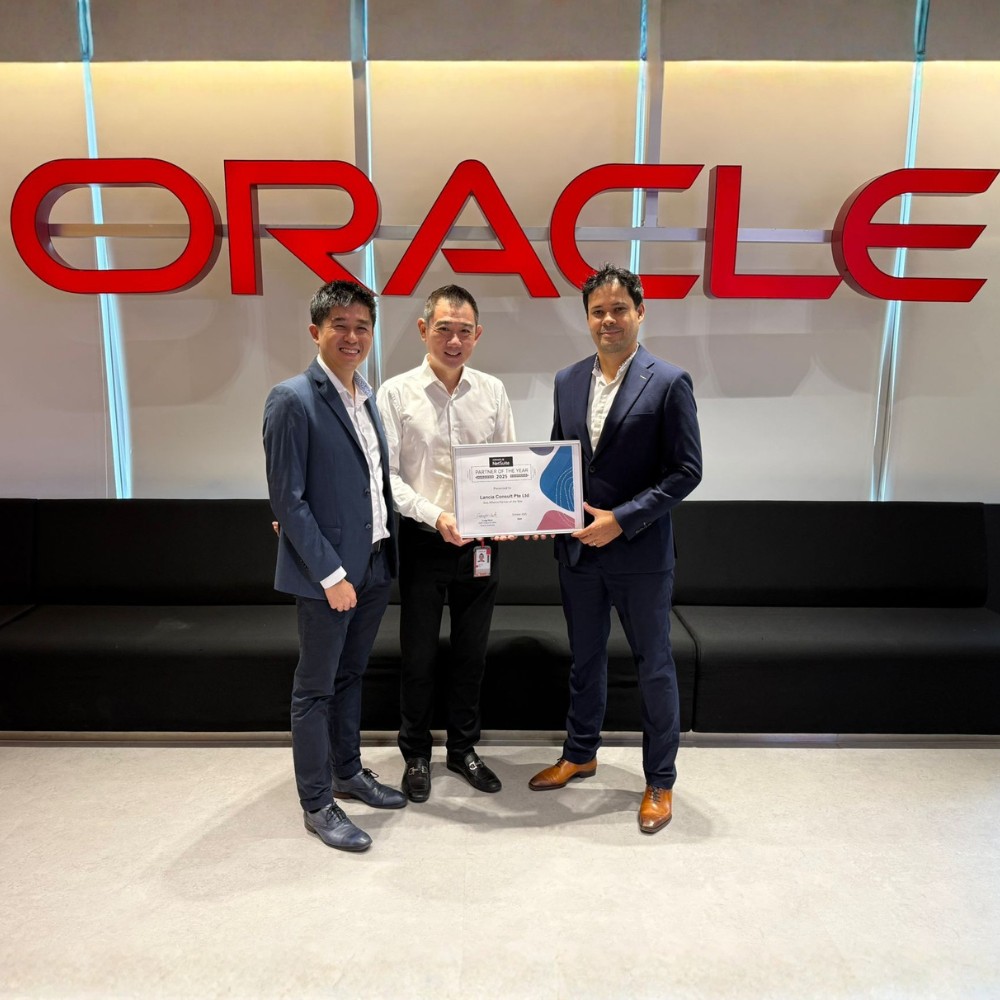Organisations continually navigate the complex terrain of talent management, balancing the urgency of today’s operational demands with the foresight required for tomorrow’s strategic ambitions. Like football clubs juggling transfer windows and youth academies, companies must strike a balance between external hiring and internal development. Some teams invest in seasoned professionals while others cultivate emerging talent. Companies face choices between external recruitment and internal development.
In this article, we examine how various approaches to building capability align with broader organisational priorities, ranging from acquiring niche expertise rapidly to cultivating leadership that endures.
The transfer window: meeting immediate organisational needs
In the corporate world, urgent talent needs arise from shifting market demands, new projects, or organisational changes. The transfer window frenzy is a fitting metaphor for this environment where speed, agility, and strategic precision are essential. Companies must identify critical skill gaps or high-impact roles and act swiftly to secure external talent that can hit the ground running. Just like football managers negotiating transfers, leaders must navigate competitive talent markets, budget constraints, and organisational fit challenges.
However, this approach has trade-offs: external hires often come at a premium and carry the risk of cultural misalignment. Like a star signing expected to perform immediately, these new employees must integrate quickly to justify the investment and impact business performance without disrupting team cohesion.
.jpg)
The academy: developing for sustainable success
Alternatively, organisations that build strong internal talent development systems emulate football clubs with thriving youth academies. These systems focus on identifying high-potential employees early, coaching them continuously, and aligning their growth with the organisation’s culture and long-term vision. This method does not deliver instant results but nurtures agility, loyalty, and deep organisational knowledge, safeguarding against future talent shortages.
Academy-style talent strategies include structured succession planning, targeted leadership development programmes, mentoring, and ongoing learning initiatives. These approaches encourage career pathways within the organisation, reducing reliance on external markets and smoothing transitions in key roles.
Matching strategy to organisational needs
Just as football clubs must decide whether to invest in marquee signings or youth prospects based on current and future goals, organisations must tailor talent strategies to their unique scenarios:
- Rapid growth or disruption often demands aggressive external recruitment to fill urgent skills gaps and scale quickly. In these situations, external talent brings fresh perspectives, specialised knowledge, and immediate capabilities needed to seize market opportunities or respond to competitive pressures.
- Stable, long-term growth benefits from investing in internal development to preserve culture and ensure continuity. This approach fortifies organisational resilience by embedding deep institutional knowledge and creating a clear pipeline for leadership succession.
- Hybrid approaches deliver both flexibility and resilience through a carefully managed mix of external hires and internal talent development. This balance enables companies to respond to evolving market demands while maintaining a consistent organisational culture and values.
- Industry and organisational maturity also influence strategy. Start-ups and scale-ups might prioritise speed and external talent acquisition, while mature organisations often emphasise leadership continuity and internal capability building.
- Talent pool availability and market dynamics affect decision-making. In tight labour markets with scarce specialised skills, organisations might lean more on developing internal talent to fill gaps, whereas abundant labour markets allow more strategic external recruitment.
- Cost considerations play a role too. While external hires can be costly upfront, developing talent internally requires sustained investment in training and mentoring. Organisations must balance short-term budget constraints against long-term value creation.
- Organisational culture and change readiness must be factored in. Firms undergoing transformational change may require fresh talent with new mindsets, whereas stable cultures thrive on continuity and incremental development of existing staff.
Understanding the timing and nature of talent needs enables organisations to optimise their talent mix and avoid the pitfalls of over-reliance on a single approach.
Striking a balance
Organisations managing talent face the same strategic decisions as football clubs during transfer windows and academy cycles. Whether navigating the high-pressure acquisition of external stars or patiently cultivating homegrown talent, the key is balancing short-term performance with long-term capability building. Leaders who master this blend ensure their workforce is ready to score today while preparing for the challenges of tomorrow. Embracing these dual pathways to talent management creates a dynamic, adaptive organisation positioned for enduring success.
Get in touch with us today to discover how to align your talent strategy with your organisation's needs and strike an effective balance of acquisition and development.
.jpg)


